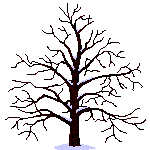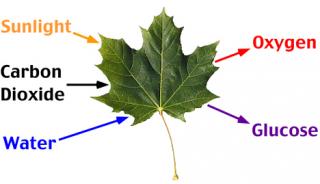Photosynthesis, "nature's greatest miracle."


![]()
Oliver Morton, Eating the Sun: How Plants Power the Planet.
Driven by water, photosynthesis fuels the world that fuels us.
"Photosystem II produces oxygen, and it is this oxygen which has pushed our current atmosphere so far and so tellingly away from chemical equilibrium. Oxygen is, in a way, the signature of the planet."
"...we can tell when oxygen first became a common component of the atmosphere – and it is well after the first evidence we have for the presence of cyanobacteria."
p. 175
¤
"One of the most striking discoveries made about the earth in the past half-century is that it seems to have a natural thermostat.
As Harold Urey pointed out in the 1950s, when water and carbon dioxide are both present they turn silicate rocks–of which most of the earth's crust is made– into carbonate rocks, a process known as chemical weathering.
This weathering, like most chemistry, intensifies with rises in temperature. Put that temperature-dependence together with the fact that carbon dioxide can drive temperature changes by absorbing the earth's outgoing infrared photons and you have the potential for a negative feedback – a feedback in which the effects counteract the causes."
But when the planet gets warmer, chemical-weathering rates will increase, and the rate at which carbon dioxide is removed form the atmosphere will thus also increase. This increase in weathering works against the increase in carbon dioxide, pulling the temperature back down."
"Push the system one way, and it tries to push back- the harder you push the stronger the resistance."
"This thermostat . . . provides at least a partial explanation for the stability that the earth's climate shows over long stretches of time during which the sun has steadily been getting hotter."
"It allows" for both "greenhouse" and "icehouse" periods
p. 199.
"Without an effective carbon-dioxide greenhouse, though, the icecaps could under some circumstances just keep growing. The larger the icecaps the stronger the ice-albedo effect."
p. 200.
See also:
Fritjof Capra, The Web of Life.
Marston Bates, The Forest and the Sea.
Eugne Odum, Natural Areas.
E. O. Wilson, The Diversity of Life.
Richard Dawkins, The Greatest Show on Earth.



